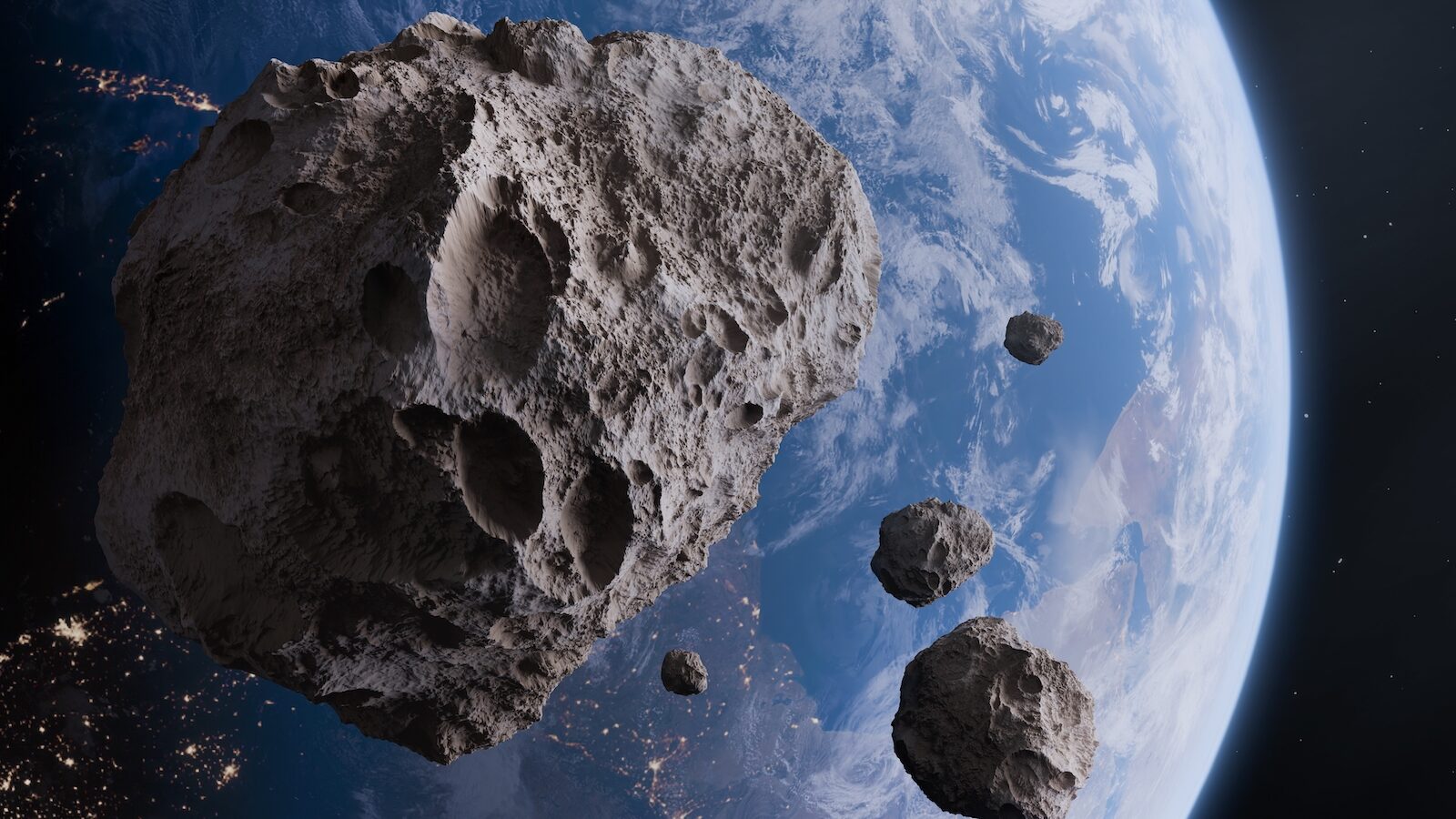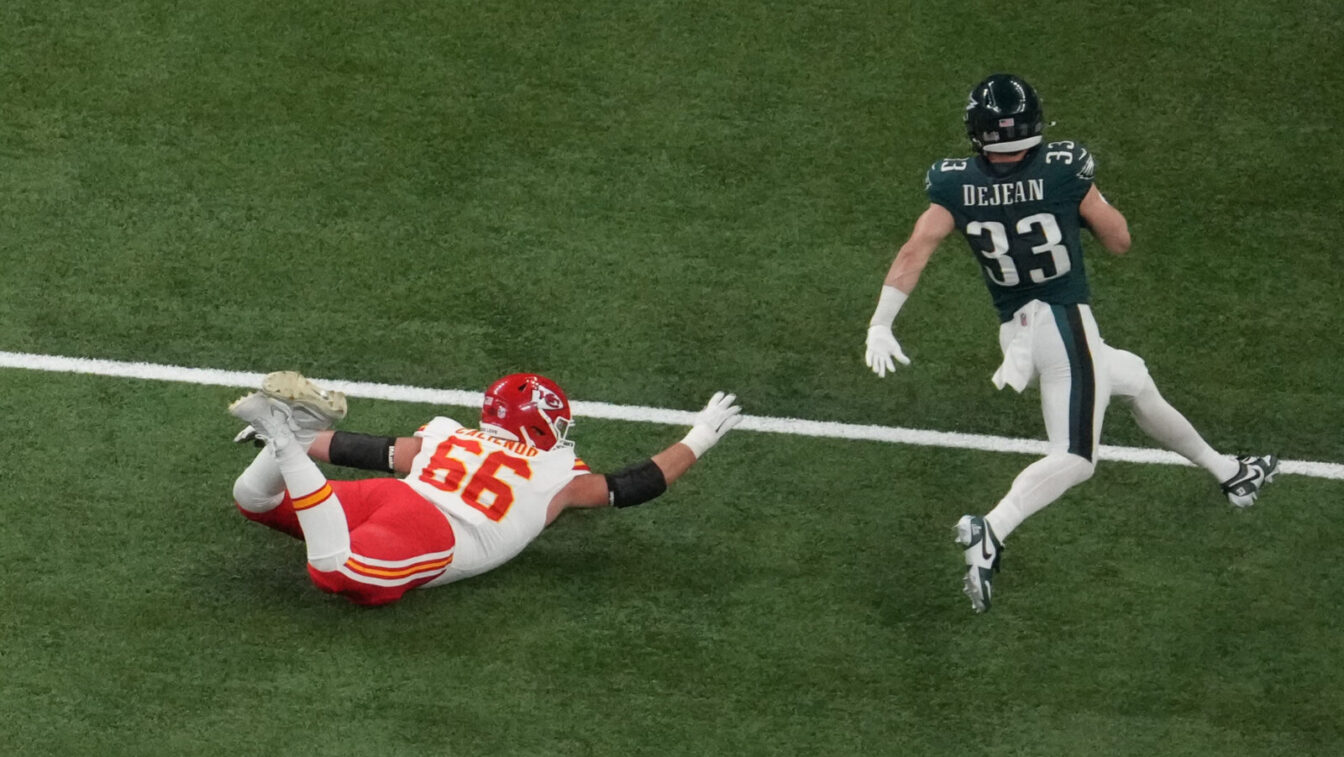When 2.3% Is Terrifying: A Gambler’s Guide To The Asteroid Apocalypse
There’s an asteroid out there that’s a +4240 underdog to hit Earth — which isn’t nothing
4 min

My wife is much smarter than me, both intellectually and emotionally, and, based on my 50-plus years on Earth, I’d put her in the 95th percentile in both. She’s wise. An old soul. Whatever you want to label it.
But when it comes to probability? Oh, she’s a blithering idiot. Just like most people.
“If I said to you there’s a 2.3% chance of something happening, what would you think?” I asked her the other day.
“That there’s no chance,” was her immediate response.
But if you’re reading this, you probably have a different opinion. If you’re familiar with gambling — and consider yourself even ever-so-slightly sharp — you know that 2.3% isn’t “no chance.” Heck, you know that 0.000001% isn’t “no chance.”
But 2.3%? That’s a chance. In fact, some might argue that’s a big chance.
After all:
- At 2.3%, that’s +4240 odds. Certainly not “no chance.” Remember: Mike Tyson was a 42-to-1 favorite against Buster Douglas.
- Getting to exactly 21 in three cards playing blackjack? That’s 2.3%.
- Rolling boxcars? That’s a bit higher, at 2.78%.
- Any random number on an American roulette wheel? That’s 2.6%.
- Bring it over to my game of choice, DFS. It’s like finishing in the top 2,300 in a 100,000-person GPP.
Point being, 2.3% is not “no chance.” It’s a pretty hefty chance.
Asteroid edges
“We are still at 97.7% chance of a miss from this asteroid.”
That incredibly non-relaxing statement comes from the mouth of asteroid hunter David Rankin, who is credited with finding asteroid 2024 YR4 and noting that, on its present course, there is a 2.3% chance of it hitting Earth in December of 2032.
This is not some tiny piece of space debris; the best guess has this thing about the size of a football field.
This has gotten the attention of people of whom it should get the attention, namely NASA. In an emergency decision Tuesday, the space agency is allowing its James Webb telescope to be used by a team of international researchers to further gauge the threat.
As time marches forward, we’ll get a better understanding of what astronomers are calling a “city-killing” asteroid. As in, how big it definitely is and how much of a risk it poses.
Honestly, if we were a nation of gamblers who had a basic understanding of probability, I think all we’d be talking about is this asteroid.
As it stands … not so much.
We’re not built for this
So how to explain to non-gamblers in our midst how serious a 2.3% chance is?
For that, I asked one of the world’s preeminent statisticians: Sir David Spiegelhalter, a professor of Statistics at the University of Cambridge and former Winton Professor for the Public Understanding of Risk. He’s also the former president of the Royal Statistical Society. (I’m going to also say he’s smarter than my wife.)
“If we believe NASA’s modeling, then out of 44 ‘possible futures,’ in one of them the impact will happen,” he told me. “So if I had to communicate this, I would draw a scatter of 44 little earths, and in one of them I would show a big puff of debris where it has been hit by an asteroid — essentially one of these futures is going to be picked at random.”
Fun.
Of course, a bigger question may be why us silly humans can’t grasp basic probability.
For that answer, I went to the source: Judgment Under Uncertainty: Heuristics and Biases, by Daniel Kahneman, Paul Slovic, and Amos Tversky. The book — thank you, Claude.AI — “explores how humans make decisions when they’re uncertain about things, showing how we use mental shortcuts that often lead us to make predictable mistakes in our judgments.”
And how does this apply to probability, 2.3% chances, and asteroids?
According to the book — and yeah, thanks again to AI for helping me parse this — there are a few things at work.
Psychological distance: As in, this ain’t something we’ve seen before. You’re watching the Eagles-Chiefs Super Bowl the other day, and I say there’s a 2.3% (or so) chance Kansas City comes back from the 24-0 halftime deficit, you’d probably purse your lips and nod “sure.” I tell you there’s a 2.3% chance that an asteroid is going to slam into Kansas City, it’s easy to dismiss as “no chance” because it’s so outside the realm of what we would consider to be the norm.
Anchoring bias: As in, all our brain is seeing is the seemingly “small” number of 2.3% and “anchoring” to that instead of anchoring to the ridiculously tragic potential consequences.
Reference point dependency: We don’t really have a reference point to compare this to, so it’s very easy to compare the 2.3% figure to smaller, much less inconsequential outcomes that don’t cause possible mass extinctions.
And in later work, Kahneman came up with “probability neglect,” in which people can disengage emotionally when the probability is low.
I think we’re all pretty disengaged on this score.
Don’t wanna miss a thing
Then there’s this: Google “why don’t people understand basic probability” and you’ll find hundreds of different reasons.
But perhaps the most obvious is this nugget from Spiegelhalter himself. In a YouTube video made over a decade ago, he wondered aloud why people find probability so unintuitive and difficult.
“After years of careful research I’ve finally concluded that it’s because probability actually is unintuitive and difficult,” he said.
Of course, just because you’re a gambler doesn’t make you immune to anything above, but, as a gambler, you are probably much more attuned to “the odds” than non-gamblers.
I know I am. In fact, I’d say virtually all decisions I make today are a result of my gambler’s brain. While most people fight to find the “right” decision in any situation — from “should I have a tuna sandwich or a slice of pizza for lunch?” to “should I try this untested aggressive treatment for cancer or stick with the tried-and-true method?” — I don’t try and find the “right” decision. I simply seek out the +EV decision. I’m doing it unconsciously, but I do it.
Most people are looking at things as 100 or 0; I look at things at +101 and -101 and go from there.
As such, I’m calling on you to join my newly minted group — ALL-IN (Asteroid Liability Limitation Initiative Network) — and help me recruit Bruce Willis and Ben Affleck to blow this thing up before it gets too late. We have to at least try.






